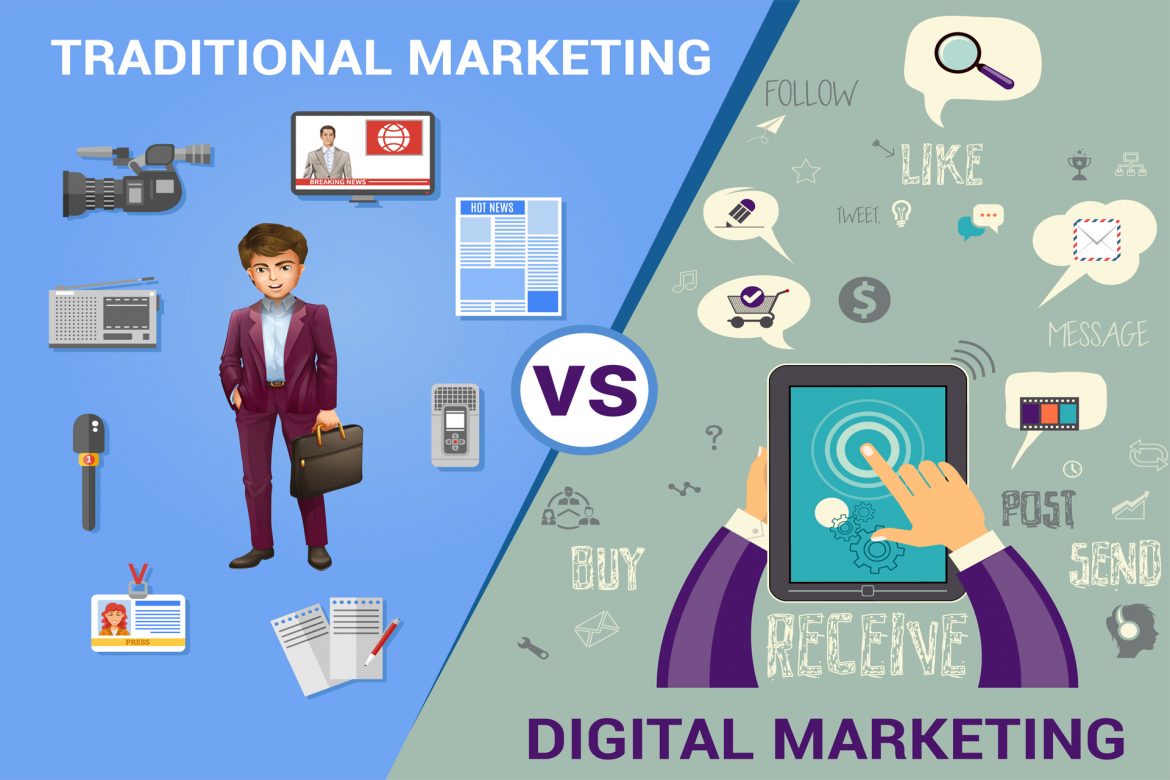Every website developer should know the rules and techniques of web development. To make a website look and work the way you want it to, you need to learn web technologies. To create an app or website, you need to know 3 languages: Javascript, HTML, and CSS. Understanding web technology and how it works becomes much easier once you know what you’re doing.
In computing, a web framework is a software platform for building and maintaining websites. It provides pre-written components, code snippets, and application templates for creating online services, web APIs, and other web resources. Most web development platforms allow you to customise ready-to-use templates and components to meet your individual needs. You can also integrate your code.
Using frameworks endorsed by thousands of developers worldwide is a sensible approach for building rich and interactive web applications. A web app has a backend (server-side) and a frontend (client-side), so we discuss both the best backend frameworks and frontend frameworks.
Backend frameworks
Express
Express is an open-source backend framework that supplies a variety of features for website and mobile development. It is considered one of the best web development frameworks as it is a minimal, flexible, and un-opinionated framework for backend development on Node.js.
Companies using Express for their projects are MuleSoft, Accenture, Myntra, Uber, Myspace, etc. Express is written in JavaScript and provides features for creating web applications, APIs and mobile solutions. It’s also compatible with third-party frameworks such as Kraken, Sails, and Loopback. It provides some core framework functionalities without obscuring the features of Node and leverages the robust performance of the asynchronous Node.js. Perhaps the biggest drawback of Express is the fact that there’s no defined way of doing things, at least for beginners.
Django
Django is a Model-View-Controller (MVC) framework that uses Python for web development. It allows for fast development and incredible scalability. It is perfect when competing with fast-moving deadlines and the challenging requirements of veteran developers. The Django applications are tremendously scalable, fast, versatile, and secure. The companies that use Django are Pinterest, Disqus, YouTube, Spotify, Instagram, Google, etc.
Django boasts its batteries-included feature, which is many features such as authentication and messaging that it has. It follows the Convention Over Configuration pattern and the DRY pattern as well. Security in Django is essential. It provides techniques and tools for developers to build a secure website or implement the security features in the framework itself, like preventing code execution in the template layer.
Ruby on Rails
Ruby on Rails (RoR or simply Rails) is an open-source backend web application framework written in the Ruby programming language and based on the MVC architectural pattern. Though RoR was invented more than 15 years ago, it is still a popular tool for developing complex web applications.
Discovered by David Heinemeier Hansson, RoR is generally ten times faster. It is one of the best backend frameworks as it comprises everything needed to form a database-driven application. Popular websites written with Ruby include GitHub, Airbnb, Groupon, Shopify, Hulu, Netflix, etc.
Rails are considered a beginner-friendly framework that helps beginners get started with web development quite quickly. There are many valuable gems for rails, which are library-like dependencies that extend the functionalities of your application and help you develop even faster and more efficiently. The Rails community is reliable and friendly, and there are many tutorials, screencasts, and resources that can help you become a rails expert in no time.
The main disadvantage of rails lies in the fact that they take quite some effort to deploy and run in a production environment. The learning curve of rails becomes steep once you dive deeper into the framework to unravel the magic behind it.
Laravel
Laravel is a Model-View-Controller framework that uses PHP, one of the most popular languages on the web. It’s relatively young compared to other frameworks on this list and ideal for small websites. It is proving to be the best framework for websites like Neighbourhood, Travel, Deltanet, Lender, and many more.
It comes with several useful features, including the MVC and API support, object-oriented libraries, Artisan, authorisation technique, database migration, etc. It is currently one of the most community-supported and community-developed frameworks. Given that PHP has one of the largest communities out there, Laravel is a great tool powering both small websites and large-scale B2B web apps, managing millions of transactions daily.
You can quickly learn Laravel with the help of the tutorial website Laracasts, a screencasts tutorials website with over a thousand videos on PHP. However, in terms of performance, Laravel doesn’t compare to Django or Express, which might be a drawback for massive projects.
Spring
The Spring Framework, invented by Pivotal Software, is one of the most popular backends web frameworks. Built for the Java platform, you can form simple, flexible, and fast applications and systems with the Spring framework. It is very lightweight in terms of functionality and size. Websites like Wix, TicketMaster, and BillGuard are users of this framework.
Spring possesses many sister projects that boost its performance and let you scale your business quickly. It uses Java, a strongly typed language, is a severe pro to many web developers and will not lose traction in the years to come. The learning curve might be quite steep tho, especially if you don’t know Java. The Spring framework’s large and active community continuously helps improve the platform and is always ready to help with real-life use cases.
Frontend Frameworks
Angular
Angular is one of the best frontend web development frameworks for developers. It is a TypeScript-based, open-source web app framework managed by Google Angular Team. You can use Angular to construct vast, high-functioning web applications. It is one of the best platforms for websites, mobile web, native mobile, and native desktop development. With Angular, you can create cross-platform applications with high speed and performance without using other frameworks or plug-ins.
The features include well-made templates, MVC architecture, code generation, code splitting, etc. All the expressions are like code snippets enclosed within curly braces and do not use any loops or conditional statements. It Specialises in building rich Single-Page applications. Previously, there was AngularJS; the Google team rewrote it from scratch in TypeScript, and now the framework is known as Angular 2+ or simply Angular.
Numerous apps are built with the assistance of Angular as its applications are much easier to maintain. Websites that use Angular are Upwork, Lego, PayPal, Netflix, Microsoft, etc. The core disadvantage of this platform is its large size, which can negatively impact the performance of web apps. However, the team has been reducing the size with each new release.
React.js
React is not a framework; it is an open-source JavaScript frontend library (it can use TypeScript as well). However, it’s easily comparable with other frameworks and is an excellent alternative to some of them. React was the first to adopt the component-based architecture that Angular and Vue and many other frameworks started to adopt later on. React’s virtual dom makes the dom-manipulation much faster, and it’s quite easy to pick up, mainly thanks to its JSX syntax.
React could be used server-side or client-side. It was developed and maintained by Facebook, and Facebook and Instagram use it. With React, you can build rich user interfaces and create custom components. It also allows for mobile app development. It is flexible, easy to learn, and SEO-friendly.
Vue.js
Vue.js is the new rising star; it started as an individual project and quickly grew into one of the most trending JS frameworks out there. It is the most high-performing lightweight JavaScript library of UI components. You can build dynamic UIs and single-page applications extremely fast using Vue. It provides a lot of features that can assist you in developing a seamless user interface.
Vue features a highly flexible and adaptable architecture (MVVM pattern) that allows you to integrate multiple third-party solutions. It also employs both one-way and two-way data binding. You can choose from numerous components, using Vue as a library to improve your existing app or utilising it as a full-featured framework.
It is also a progressive framework, which means that if you have an existing project, you can adopt Vue for one portion of the project, and everything would work just fine. It brings the component architecture to play, and the Vue ecosystem can help you build complete frontend applications.
Some people are wary of using Vue since big companies like Facebook or Google do not support it, but that’s quickly changing as big names are starting to invest in Vue. Companies using this framework for their projects are Gitlab, Behance, Grammarly, 9GAG, etc.
Ember
Ember.js is an open-source JavaScript framework based on the model-view-view-model (MVVM) architecture pattern. It aids web developers in forming extensible single-page applications by utilising general idioms and advanced practices. It was named the best Javascript framework back in 2015. Though mainly considered the best web framework, it also supports building mobile and desktop applications. A noteworthy example of the Ember desktop application is Apple Music, an attribute of the iTunes desktop app.
Today, the Ember community is enormous, and it’s ever-expanding, with new features and releases added frequently to keep improving the platform. Ember possesses the two-way data binding that Angular boasts, and it comes with many features and components that you can use out of the box.
Ember revolves around the developer’s productivity and attempts to maximise it by eliminating time-wasting activities or adopting some JS best practices in its core design. A significant feature of Ember is a testing program that is generated for each new entity by default. Heroku, Microsoft, Netflix, and Google utilise this framework entirely regularly.
JQuery
Introduced in 2006, jQuery is one of the earliest frontend frameworks. Fundamentally, it is a library that is used to manipulate CSS and DOM and optimise a website’s functionality and interactivity. It is written in JavaScript that is used to simplify frontend code that manipulates HTML.
Developers like it for its simplicity and cross-browser compatibility. The clean and simple syntax of jQuery facilitates interactions with DOM elements on web pages. You can also create breathtaking effects and animations without spending years learning these skills.
Though we couldn’t build mobile apps with jQuery, recent developments in jQuery mobile have expanded the usage boundaries. What’s more, the recent development in this framework enables developers to build native mobile applications with its HTML5-based UI system–jQuery mobile. Besides, jQuery is browser-friendly and supports any browser you intend to use. They are moved to plug-ins, so if needed, you can easily add any function.









